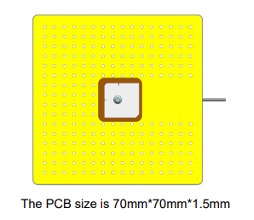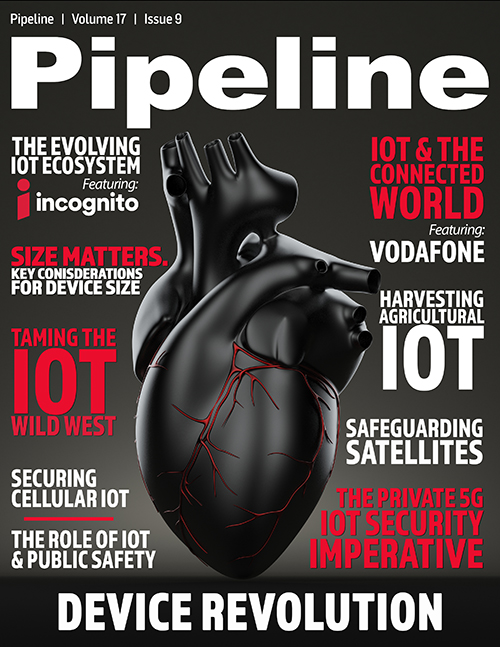IoT Devices: How Small Is Too Small?
Embedded chip antennas, meanwhile, have a single radiator so the ground plane of the PCB becomes the second radiator. For signals below 1GHz, the length of the ground plane (PCB) should typically not be less than 100mm, otherwise the efficiency will be reduced.
The antenna efficiency can be understood as the ratio of the power radiated by the antenna to the power output from the transmitter. Lower efficiency means lower range (the device might not be able to communicate properly). It also means the transmitter needs to use more power to get range—and it results in a shorter battery life.
LP-WAN networks like LoRaWAN and Sigfox operate in sub-1GHz bands, typically in 868MHz and 902-928MHz bands. Cellular 4G and 5G networks also make common use of cellular bands below 1GHz and even as low as 698MHz. Almost all of these networks require some form of RF testing and compliance or certification testing to ensure that the device operates efficiently on the network.
GPS performance
The GPS (GNSS) on IoT devices also has an antenna and, even though it is only used to receive signals from the satellites, the ability of the antenna to efficiently receive the strongest signal possible can make a massive difference on device performance. It is an antenna just like any other. An example is a typical GPS (GNSS) ceramic patch antenna of 18mm x 18mm size. It sounds great—nice and small. But the recommended ground plane size that it should be used with is 70mm x 70mm—hardly small at all.

|
| Figure 1: Antenna vs. ground plane size |
Housing size
Some battery-powered devices are designed to be housed in IP67-rated housings, meaning they are fully waterproof and dust-proof. These housings have a seal, typically made of silicon, that sits in a special channel in the housing to ensure the housing seals correctly. This needs to work effectively over the temperature range of the device. The rugged plastic housing and the space required for the seal adds to the overall size of the device.
An example of this is a “snap” housing that takes the exact same PCB inside it as the normal IP67-rated housing, but it does not have a seal—or the IP67 rating. The result is the smallest possible housing for devices in scenarios where a waterproof housing is not required.
Size versus performance
As the IoT market grows, so too do the different applications and use cases that companies are demanding. The life of an IoT device is not only dependent on the battery type and size but also on the design used when building out the device and use case. In some industries, the trade-off of battery life vs. size is acceptable, and in others, performance is the most important factor.
Technology advances are making it easier to walk the fine line between size and performance. However, it is important to work with a hardware manufacturer that takes into consideration the customer’s very specific use cases when creating devices. Many will have a range of device sizes that are designed to cater to a variety of use cases. Those that take into consideration battery size, antenna and PCB size, GPS performance, and housing size in their designs are the ones to watch.



















